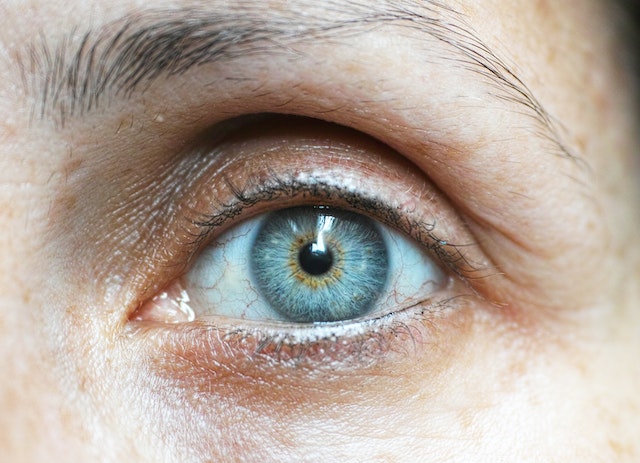Introduction: Maintaining healthy eyesight is crucial for our overall well-being and quality of life. However, at times, we may experience discomfort or notice certain symptoms indicating the presence of an eye infection. It is essential not to ignore these signs and promptly seek medical attention to prevent any potential complications. This article aims to shed light on common eye infections, their causes, symptoms, and available treatments, emphasizing the importance of early detection and proper care.
- Conjunctivitis (Pink Eye): One of the most prevalent eye infections is conjunctivitis, commonly known as pink eye. It is characterized by inflammation of the conjunctiva, the clear tissue covering the white part of the eye. Conjunctivitis can be caused by bacterial or viral infections, as well as allergies or irritants. Symptoms include redness, itching, excessive tearing, discharge, and sensitivity to light. Treatment options vary depending on the cause and may include antibiotics, antiviral medications, or supportive care with cold compresses and eye drops.
- Blepharitis: Blepharitis is an inflammation of the eyelids, often caused by bacterial overgrowth or blockage of oil glands near the eyelashes. Symptoms include redness, swelling, itching, a gritty sensation, and crusting around the eyelids. Regular eyelid hygiene, warm compresses, and gentle cleaning can help manage mild cases. In more severe instances, antibiotics or steroid ointments may be prescribed.
- Keratitis: Keratitis is the inflammation of the cornea, which can be caused by infections, viruses, fungi, or improper contact lens usage. Symptoms include eye pain, redness, blurred vision, sensitivity to light, excessive tearing, and discharge. Immediate medical attention is necessary as untreated keratitis can lead to vision loss. Treatment may involve antiviral or antifungal medications, eye drops, or in severe cases, hospitalization.
- Sty (Hordeolum): A sty is a painful red bump that forms on the eyelid, usually caused by a bacterial infection of the oil glands. Symptoms include a tender lump, swelling, and localized pain. Applying warm compresses several times a day can help alleviate discomfort and promote healing. Avoid squeezing or popping the sty, as it can lead to further infection.
- Endophthalmitis: Endophthalmitis is a severe and rare eye infection that affects the inner layers of the eye, including the vitreous gel and retina. It can result from trauma, surgery, or spreading of infection from other parts of the body. Symptoms include severe eye pain, redness, vision loss, floaters, and increased sensitivity to light. Endophthalmitis requires immediate medical intervention, often with intravenous antibiotics and sometimes surgery.
Conclusion: Recognizing the symptoms of eye infections and seeking prompt medical attention is crucial for preventing complications and safeguarding our vision. Regular eye hygiene, proper contact lens care, and avoiding exposure to irritants can help reduce the risk of infections. Remember, don’t turn a blind eye to symptoms—take action and prioritize your eye health.












